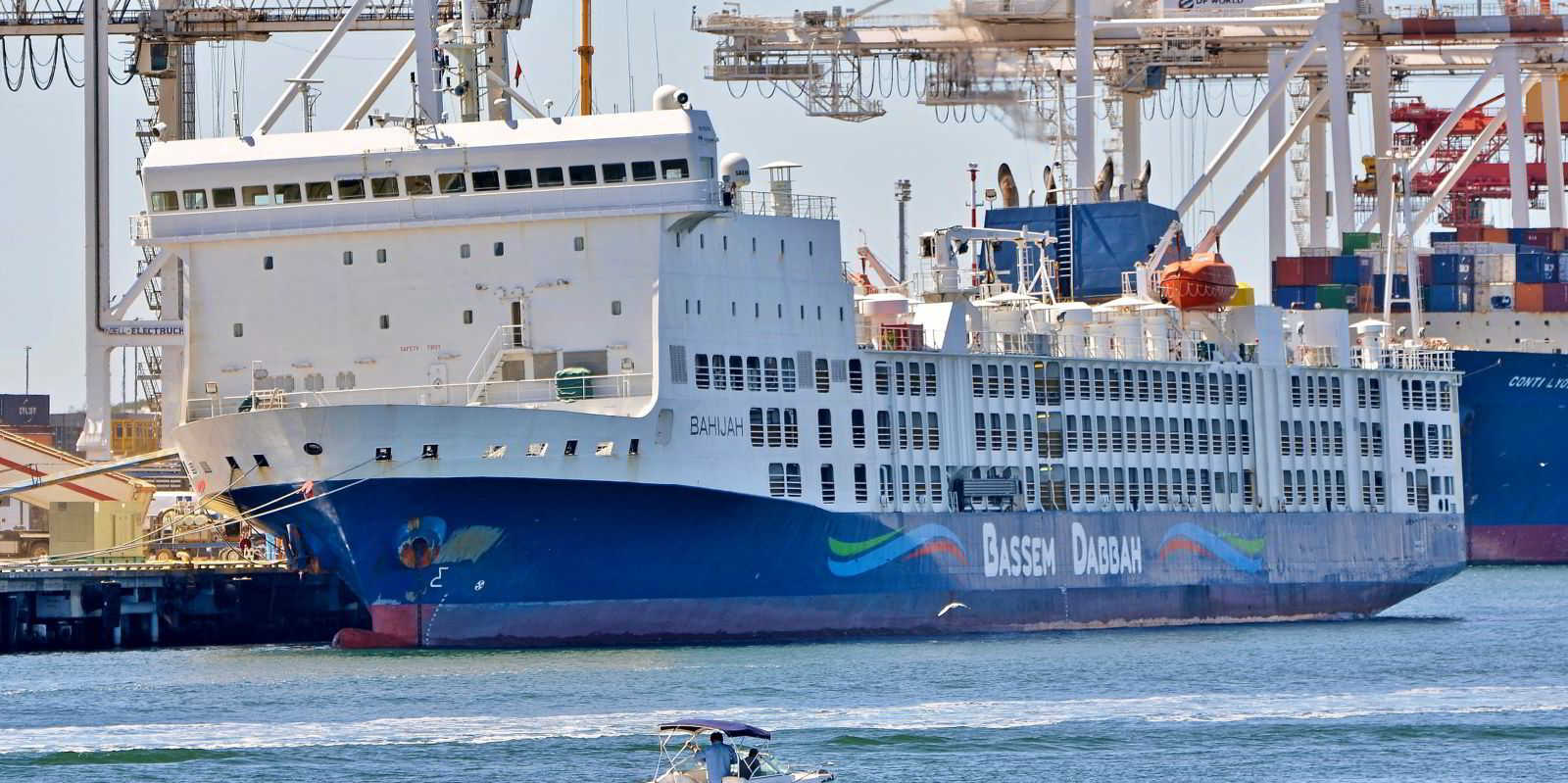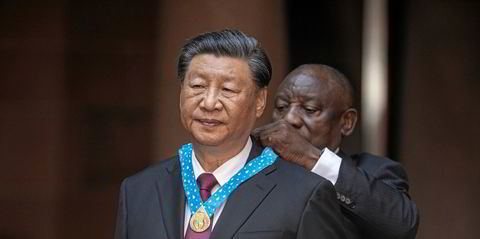Australia will ban exports on livestock carriers in four years, angering the domestic industry.
Federal agriculture minister Murray Watt announced the exit plan, with a total phase-out by 1 May 2028.
The move was seen as a reaction to negative headlines generated by the safety and animal welfare records of the often-elderly vessels.
But the announcement angered farmers, and the Western Australia Livestock Exporters’ Association said it would fight the decision.
Australia exported more than 593,000 sheep last year, almost half of them to Kuwait.
“I want the [Western Australian] sheep industry to thrive and grow into the future, seizing what is an untapped opportunity: more onshore meat processing,” Watt said.
He added that the export industry is already in decline.
The government is putting AUD 107m ($71m) into a transition assistance package for producers.
Disease outbreak
Western Australia opposition leader Shane Love described it as a “very black day” for the state, while federal opposition leader Peter Dutton said he would reverse the decision should his coalition be elected.
Last month, the 998-gt Lady Maria (built 1965) got stuck for several hours on the northern shore of Pserimos, a Greek island in the eastern Aegean Sea.
The coastguard confirmed that the vessel was carrying 6,800 animals and it had 15 crew members and a passenger on board, all Syrian nationals.
In March, a disease outbreak reportedly killed at least 100 cattle travelling on a Vroon livestock carrier between Australia and Indonesia.
And in January, more than 15,000 cattle and sheep were stuck on a livestock carrier that was ordered to return to Australia after rerouting away from the Red Sea.
This was due to a stalemate between the exporter and the federal government regarding the 12,982-gt Bahijah (built 2010) at the port of Fremantle.
The Israeli-controlled ship was told to head back to Australia after it diverted to South Africa instead of heading to Aqaba in Jordan, due to the security situation in the Red Sea.






